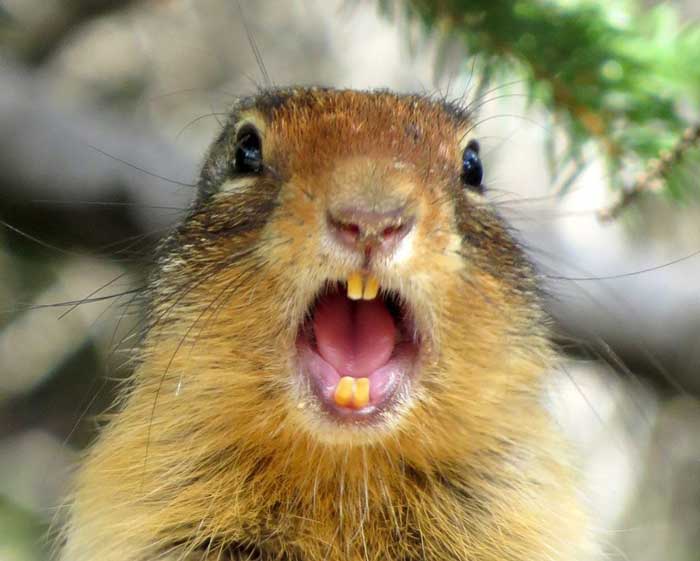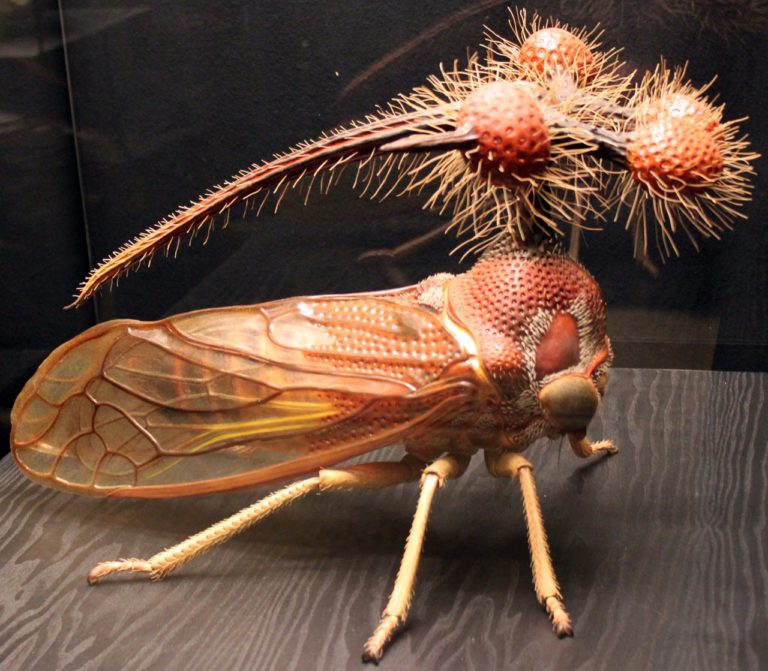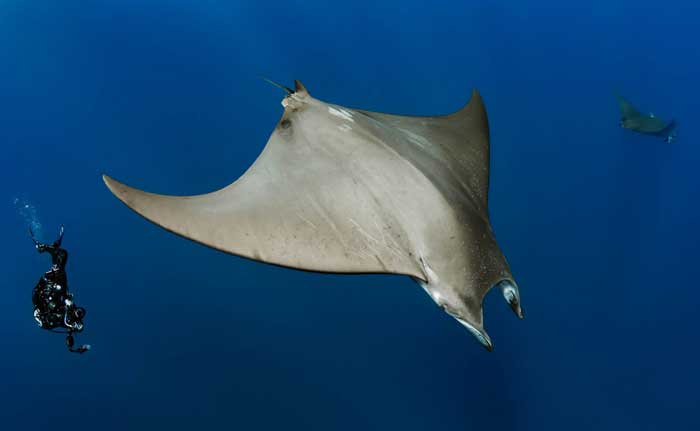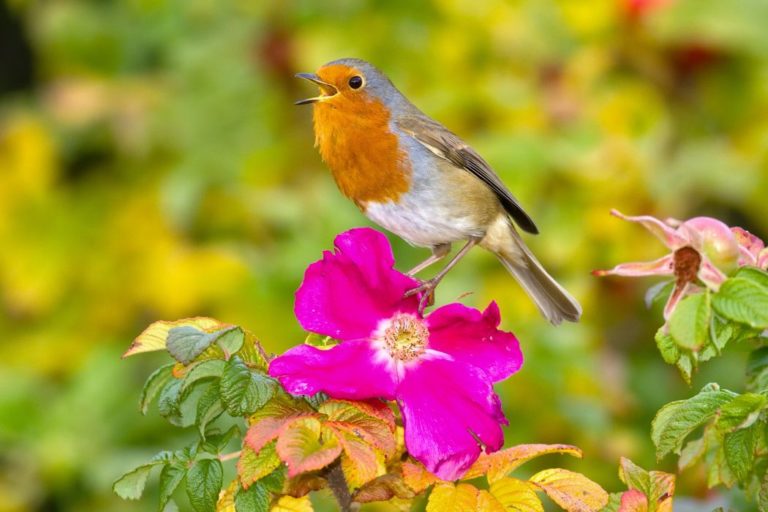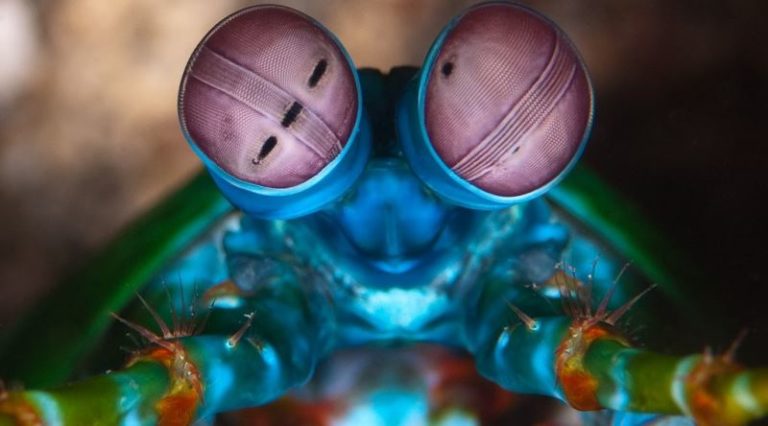Why Some Animals’ Teeth Never Stop Growing
Have you ever wondered why rats are constantly gnawing on things around your house? The answer lies in their teeth. Rats—and many other animals—have teeth that grow continuously. If they don’t gnaw regularly, their teeth can become painfully overgrown. Rats aren’t alone in this: several other animals, especially rodents, share this unique trait. Let’s explore some of the most fascinating creatures whose teeth never stop growing.

Beavers: Nature’s Master Builders
Beavers are the second-largest rodents in the world, and their teeth are just as impressive as their engineering skills. One of the first things you notice about a beaver’s teeth is their striking orange color, caused by iron-rich enamel that makes them exceptionally strong.
These sharp teeth allow beavers to chew through even the toughest trees. Since their incisors grow continuously, gnawing helps keep them at a manageable length. Beavers are fast workers—they can fell a medium-sized tree in just five minutes! They use the wood to build intricate dams and lodges, often with underwater entrances. Beavers also stockpile branches for winter, holding their food delicately between their front paws in a way that’s almost endearingly cute.
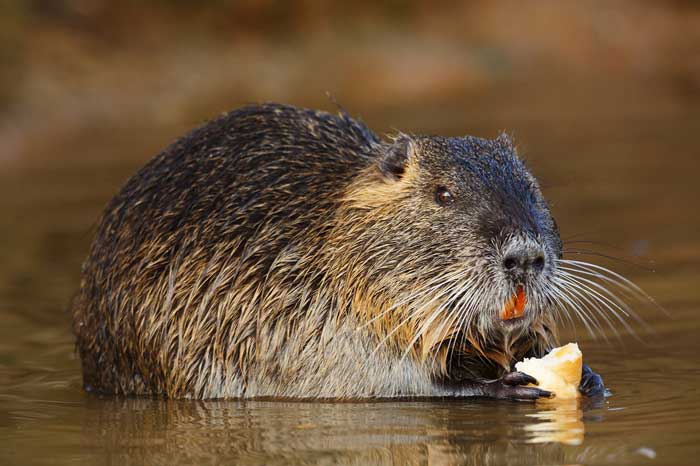
Nutria: The Wetland Chewers
Nutria, sometimes called coypu, have large reddish-orange or yellowish-orange teeth that are visible from afar. Baby nutria are born with white teeth, which darken as they grow due to mineral-rich enamel. This tough coating keeps their teeth strong and functional.
Nutria have just 20 teeth, but they’re enough to chew a wide variety of plants. Unlike beavers, nutria don’t build elaborate lodges—they live in abandoned burrows in freshwater or occasionally brackish wetlands, where vegetation is abundant.
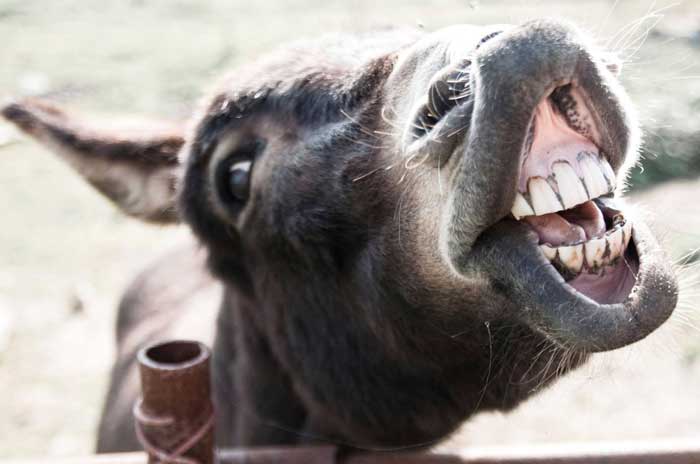
Donkeys: Grazers with Endlessly Growing Teeth
Donkeys can spend up to 16 hours a day grazing, and their teeth never stop growing. Their diet of coarse grasses wears down their teeth, but continuous growth ensures they can keep eating efficiently. Owners must check their donkeys’ teeth regularly—neglect can lead to difficulty eating, loss of appetite, and even death.
Ground Squirrels: Small but Fierce
Ground squirrels, or pocket gophers, spend most of their lives underground, digging complex burrow systems. They have long, sharp teeth that they aren’t afraid to use. Territorial and sometimes aggressive, these little rodents can deliver serious bites when threatened. Their combination of powerful digging claws and visible incisors allows them to shape intricate tunnels, which benefit ecosystems but can wreak havoc in gardens.

Guinea Pigs: Tiny Teeth, Big Responsibility
Guinea pigs are popular pocket pets, and despite their cute appearance, their teeth grow continuously. They have 20 teeth with no canines, and daily chewing is essential to keep their teeth at a healthy length. Providing chew toys, wooden blocks, or safe vegetables helps maintain dental health and prevents painful overgrowth.
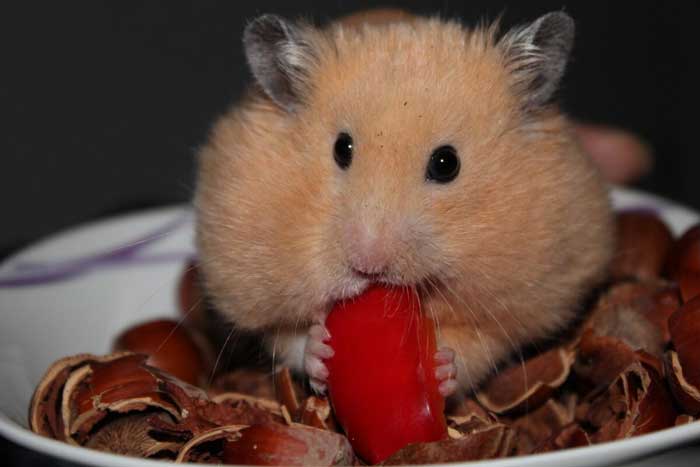
Hamsters: Small Chewers with Big Needs
Hamsters are beloved for their fluffy appearance, but like most rodents, their teeth grow nonstop. Healthy teeth should be a brownish-white color and not too long. Offering calcium blocks, hard biscuits, or wooden toys encourages gnawing and keeps their incisors in check. If one tooth grows longer than the others, a vet can trim it safely—a simple procedure that keeps your hamster happy and healthy.
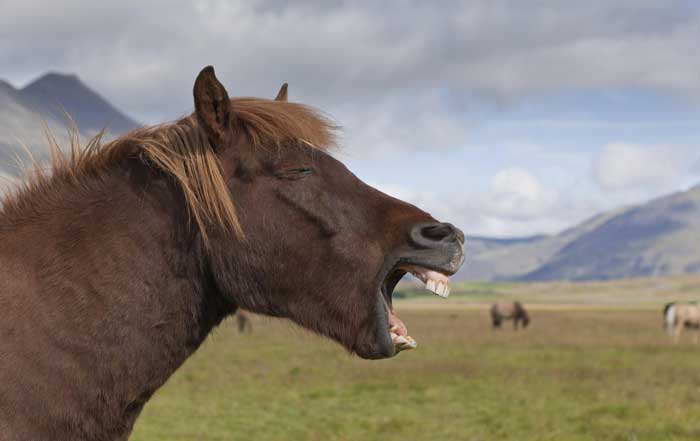
Horses: Grazing Giants
Horses have 36 to 44 teeth, including 12 front incisors that grow continuously. As grazing animals, their teeth naturally wear down from hours of chewing fibrous grass. Continuous growth ensures their teeth remain functional, allowing them to grind vegetation effectively. In old age, however, teeth can wear down completely, requiring softer, pre-chewed feed.
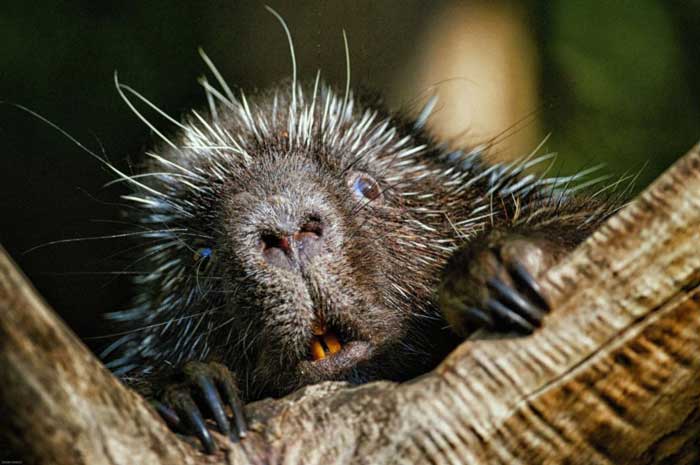
Porcupines: Sharp Defenses, Sharp Teeth
Porcupines are fascinating rodents with at least 30,000 quills for protection—and teeth that never stop growing. These teeth aren’t just for food; porcupines also gnaw on various objects, from wood to shoes. Interestingly, the bright orange or red incisors serve as part of their defense system. Porcupines even use their teeth to make warning sounds by chattering them, adding another layer to their protective behavior.
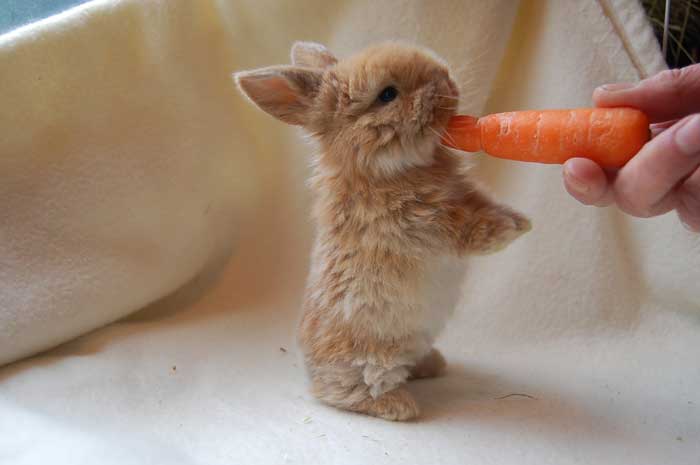
Rabbits: Gentle Chewers in Need of Care
Rabbits have 28 teeth, and their front incisors grow continuously. Without proper chewing, their teeth can overgrow, bend, and even pierce their gums or palate—a serious health risk. Providing chew-friendly foods and toys is essential for pet rabbits, and regular veterinary checkups can prevent dental problems that might otherwise lead to loss of appetite or severe injury.

Squirrels: Nut-Cracking Experts
Squirrels are familiar to most of us, but their dental habits are fascinating. With more than 200 species worldwide, all squirrels’ teeth grow continuously. They gnaw on nuts and other tough items to keep their four front incisors in check. Without proper chewing opportunities, squirrels can suffer from misaligned bites, which may prevent them from eating or even cause teeth to grow into their jaw or skull—a dangerous condition in the wild.
From beavers to squirrels, continuously growing teeth are a remarkable adaptation that allows these animals to thrive. Whether it’s for gnawing wood, chewing tough vegetation, or protecting themselves, these teeth are a vital part of survival—and a fascinating glimpse into the diverse strategies animals use to adapt to their environments.


